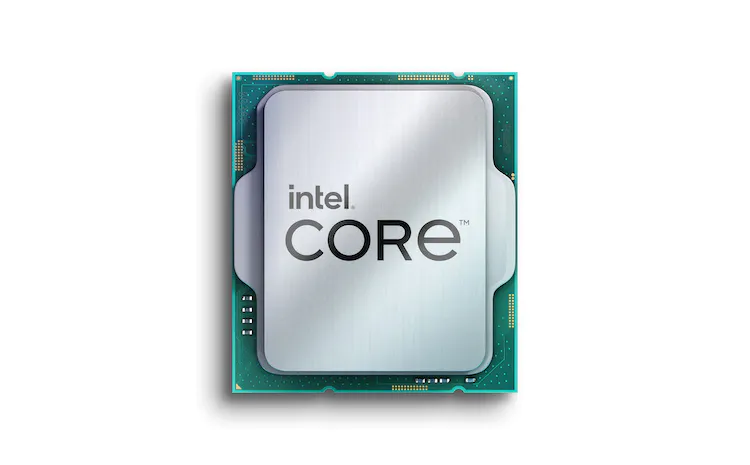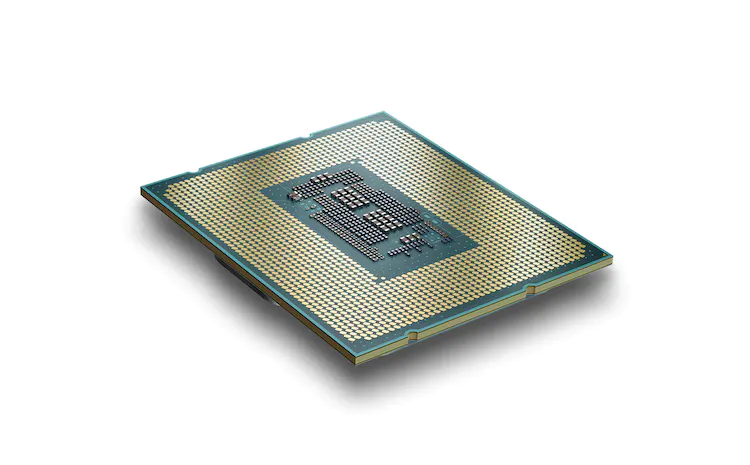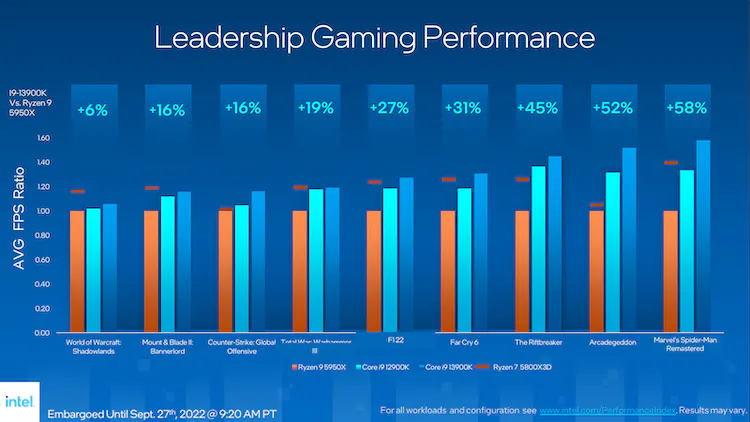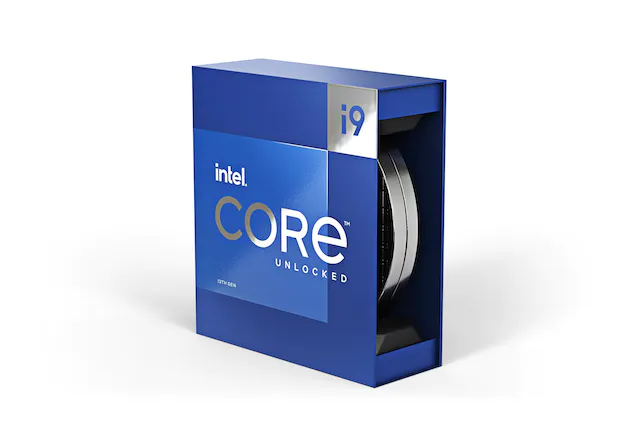Intel has finally made its 13th Gen processors public today, after weeks of leaks & teasers. Intel’s 13th Gen desktop computers will be available on October 20th. Its flagship Core i9-13900K CPU will be the most expensive at $589. This is the same price as Intel’s 12900K flagship processor, despite Intel’s warnings that prices could rise. Intel’s 13th Gen launch comes as AMD launches Ryzen 7700 processors today in a fight for desktop dominance.
The Core i9-13900K is equipped with 24 cores and 32 threads. It can clock speeds up to 5.8GHz. 13th Gen processors were built on Intel’s 7 processor and its x86 hybrid architecture. They have Performance cores and Efficient cores. Thread Director, an embedded microcontroller that monitors threads, ensures they’re running on correct cores, and splits workloads intelligently.
This architecture was used by Intel last year for its 12th Gen processors. It is a similar approach to Apple’s Arm-based silicon. Instead of building new chips with powerful cores, this split of P-core and E-core should be more efficient. These 13th Gen chips are more efficient than their Alder Lake predecessors in max turbo consumption.
| Model | Cores (performance / efficiency) | Threads | Base clock speed, P-core / E-core (GHz) | Max turbo clock speed, P-core / E-core (GHz) | Smart cache (L3) | Processor base power (W) | Maximum turbo power (W) | Graphics | Recommended price |
|---|---|---|---|---|---|---|---|---|---|
| i9-13900K | 24 (8P / 16E) | 32 | 3.0 / 2.2 | up to 5.8 / up to 4.3 | 36MB | 125 | 253 | Intel UHD Graphics 770 | $589 |
| i9-13900KF | 24 (8P / 16E) | 32 | 3.0 / 2.2 | up to 5.8 / up to 4.3 | 36MB | 125 | 253 | N/A | $564 |
| i7-13700K | 16 (8P / 8E) | 24 | 3.4 / 2.5 | up to 5.4 / up to 4.2 | 30MB | 125 | 253 | Intel UHD Graphics 770 | $409 |
| i7-13700KF | 16 (8P / 8E) | 24 | 3.4 / 2.5 | up to 5.4 / up to 4.2 | 30MB | 125 | 253 | N/A | $384 |
| i5-13600K | 14 (6P / 8E) | 20 | 3.5 / 2.6 | up to 5.1 / up to 3.9 | 24MB | 125 | 181 | Intel UHD Graphics 770 | $319 |
| i5-13600KF | 14 (6P / 8E) | 20 | 3.5 / 2.6 | up to 5.1 / up to 3.9 | 24MB | 125 | 181 | N/A | $294 |
Intel’s 13th generation of processors will include 22 total. The Core “K”, processors are the most powerful for consumer PCs at the very high end. Intel promises upto 15% better single-thread performance and upto 41% higher multithread performance on the Core i9-13900K.
Although Intel hasn’t increased the number P-cores available on its 13th Gen CPUs, the Core i5, i7 chip and i9 chips have more cores. This should improve multitasking and multithreaded apps. This means that the Core i9 has eight more E cores and the Core i7 and Core i5 have four each.
Core i5, Core7, and Core9 chips have all seen the base frequencies of both types of cores drop. Instead, boost frequencies are rising, which can take Core i9 up to 5.8GHz. This is 600MHz higher than the 12900K. On the Core i7, it’s 400MHz, while the Core i5 runs 200MHz less. Intel also teased the possibility of a 6GHz-capable chip but has not yet announced it.
PCIe Gen 5.0 support includes up to 16 lane support for the processor, DDR5-5600/DDR5-5200 support, and PCIe Gen 5.0. Intel is maintaining DDR4 compatibility with motherboard makers who want to continue shipping DDR4 over DDR5. Both L3 & L2 caches were also increased.

The real story here is the price and power draw. Despite Intel warning about price increases earlier in the year, the Core i9/Core i7 processors’ prices are unchanged. Core i5 is the only processor to see a price rise. The Core i5-13600K now costs $319, compared with $289 for Core i5-12600K. The Core i5-13600KF (without the built-in graphics), is priced at 294 dollars, up from $264 last year. It remains to determine if these suggested retail prices will be accepted by retailers.
While the Core i5’s price increase has been limited to this year, power needs are on the rise. All Core i5, i7 & i9 chips have a power base of 125 watts. Core i7 & Core i9 however will require 253 watts each for their maximum turbo power. This is a 5 % increase from the 241 watts Core i9 used last year. However, it’s a huge 33 percent jump for Core i7 which moved from 190 watts per core to 253 watts per core for the 13th generation Intel Core i5-13600K. This means that the Core i5-13600K requires 181 watts for maximum turbo, an increase of 20 percent from the 150 watts Alder Lake model.
The Core i7/Core i5 power requirements are astonishing, especially because many people choose these chips for gaming, even though they don’t require the Core i9’s raw power.

Intel’s 13th Gen processors will be available alongside the new 700-series chipets. Existing 600-series motherboards are compatible with these new 13th Gen (Raptor Lake), however, the Z790 motherboards provide eight additional PCIe 2.0 lanes, increased USB 3.0 Gen 2×2 (20Gbps), port speeds of up to 20Gbps, and DMI Gen 4 for faster peripheral and network access.
The real test will be to see how the 13900K does against AMD’s new Ryzen7950X and 7900X chips. Intel hasn’t yet done direct comparisons but has provided a few benchmarks that show how the 13900K beats and loses to AMD’s Ryzen7 5800X3D. To see how the 13900K performs in games and other tasks, we’ll have to test it.

Intel’s 13th Gen desktop processing units will begin shipping in October along with Z790 motherboards. Intel states it will share additional details on the 13th Gen processors family “at an later date.”
